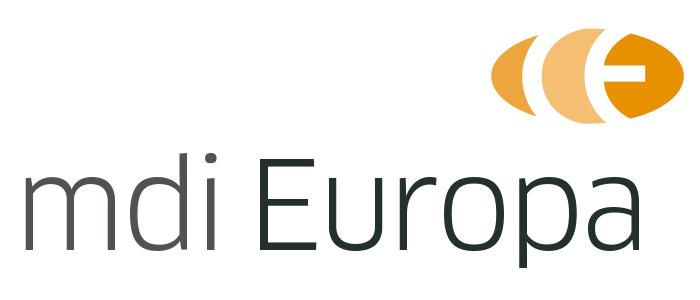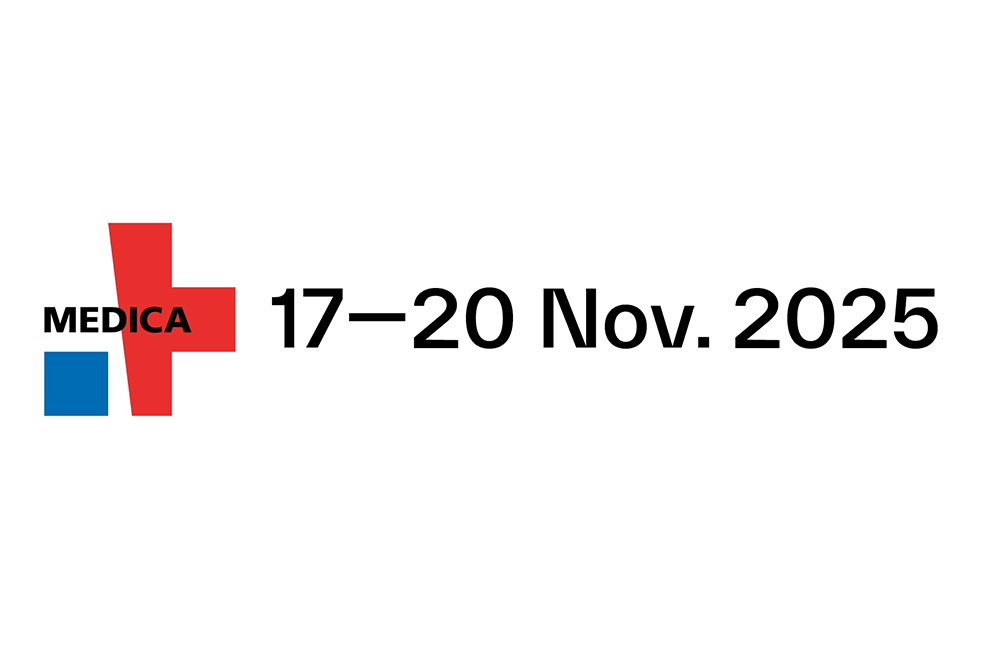Overview
The European Chemical Agency’s committees for Risk Assessment (RAC) and Socio-Economic Analysis (SEAC) are currently evaluating the proposed REACH restriction on per- and polyfluoroalkyl substances (PFAS), which has received over 5,600 public comments. While provisional conclusions on cosmetics were reached in June, no decision has yet been made on medical devices.
The EU’s proposed PFAS restriction has raised concerns that it could impact medical devices used in crucial areas like minimally invasive surgeries. The initiative covers over 10,000 substances with carbon-fluorine bonds, known for their resistance to degradation.
Concerns about the blanket ban on PFAS
One of the key concerns is that medical devices using PFAS have no alternatives.
Critics argue that the proposed blanket ban fails to account for the varying properties of different PFAS. One of the key concerns is that medical devices using PFAS have no alternatives due to their unique combination of properties such as chemical resistance, heat resistance, durability, etc.
These properties are critical for precision and reliability in medical applications including implants, surgical tools, diagnostic tests, inhalers and contact lenses.
The medical device industry is alarmed by the proposed ban, stating that it could end the production of many medical devices and halt medicine manufacturing within three years. There are also potential unintended environmental consequences, as PFAS use is linked to reduced greenhouse gas emissions and improved energy efficiency.
EU proposals for PFAS restrictions
The EU has proposed two options:
- Complete ban of PFAS above threshold levels after an 18-month transition period.
- Complete ban with exemptions or phase-ins for selected PFAS categories, with a transition period of five or 12 years following the initial 18 months.
Trade organization MedTech Europe supports the second option, advocating for a patient-centric approach that provides realistic transition pathways to non-PFAS alternatives and differentiation between high- and low-risk PFAS. MedTech Europe also calls for an R&D framework that aids manufacturers in finding use-specific alternatives to PFAS. These alternatives must meet regulatory requirements of the medical devices regulation (MDR) and in vitro diagnostic medical devices regulation (IVDR) while ensuring patient safety.
Next steps
Stakeholders will have 60 days to provide feedback on the SEAC draft opinion. After completion of the feedback period, the committee will finalize its opinion, which will then move to the European Commission. The final decision will be made via a comitology procedure involving Member States and the European Parliament.
Source: Medtech Insight (an Informa product)





